Slender figure representing a standing naked “Han” lancer. Originally, this lancer wore a silk garment and movable wooden arms (disappeared as in all of them) pegged in the hole practiced at the shoulders. The Stickman figures were only used by the royal family placed like armies to help and protect the owner in the afterlife.
Most of these figures had more or less restoration done to them Theory is that the heads were moulded and attached to the bodies which are carved from one piece of clay.
They were grave gifts, and replacements for actual human beings. The practice of human sacrifice was especially prevalent during the Shang and Zhou Dynasties. During the Warring States period, Ximen Bao of Wei demonstrated to the villagers that sacrifice to river deities was actually a ploy by crooked priests to pocket-money. In Chinese lore, Ximen Bao is regarded as a folk hero who pointed out the absurdity of human sacrifice. It is also said that it was the influence of Confucius that made an end to the human sacrifice.
Gray terracotta with engobe.The polychromy is undoubtedly retouched to unify the collages
Very finely executed face with a hairstyle in bun
Similar pieces were found in the tomb of Jing Di Vth Han emperor in Xian. China, HAN period Western Han Dynasty, (206 BC - 8 AD) Xi'an, Shanxi province,
These types of figures were only found in the capital and were used by the royal family and off limits to ordinary people.


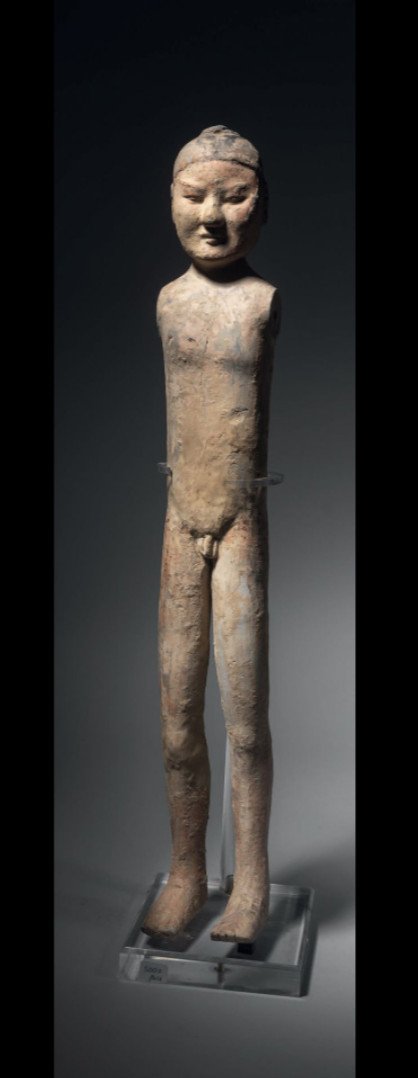

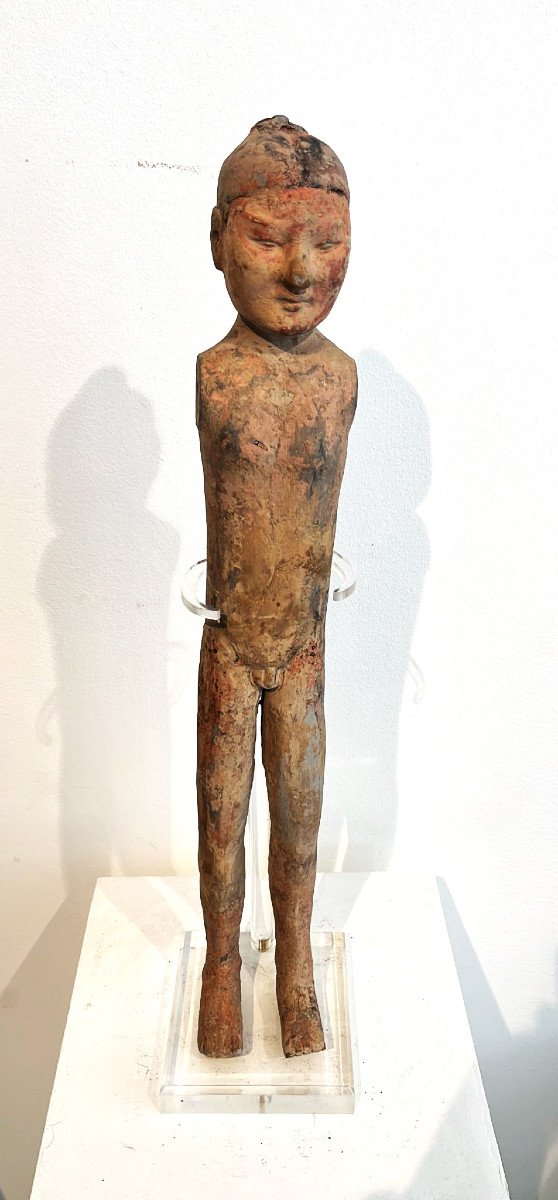
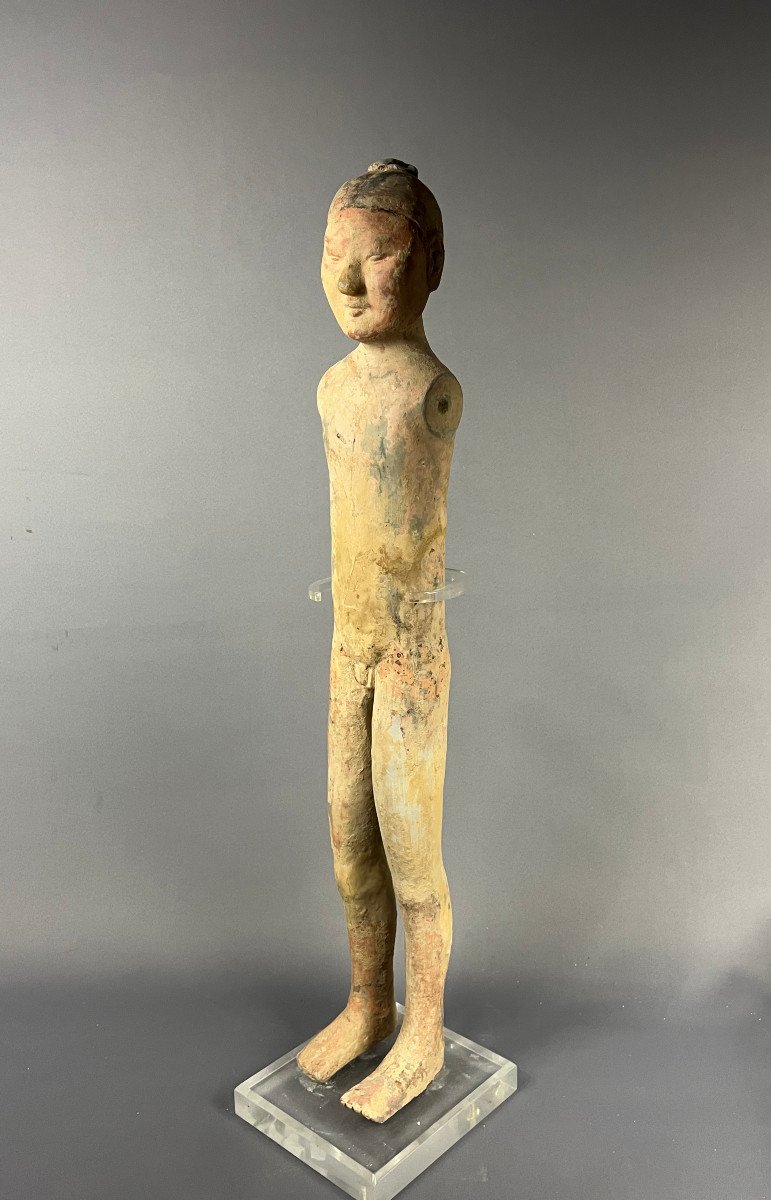
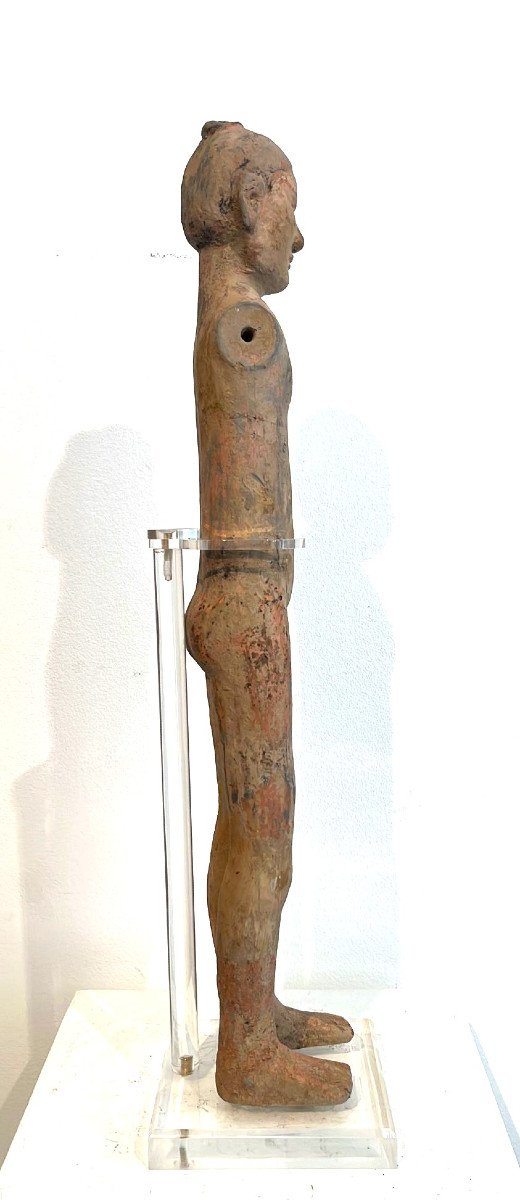
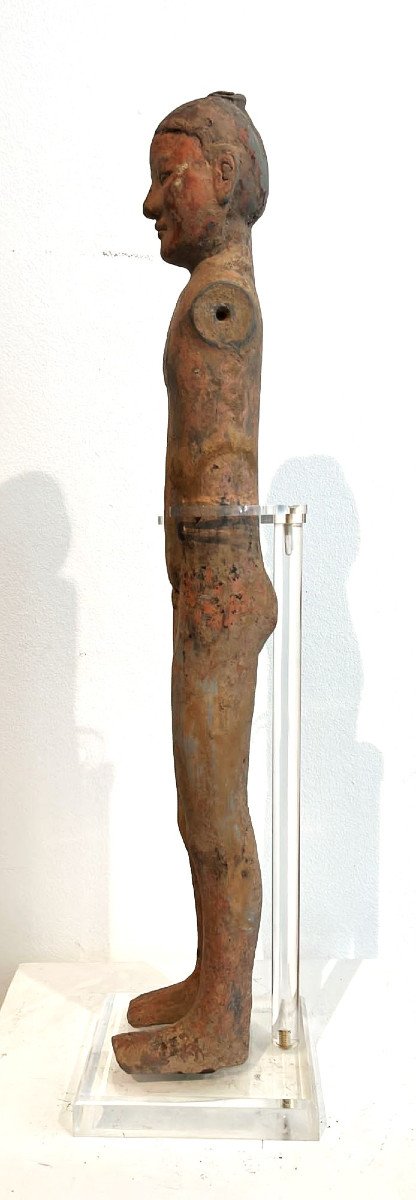
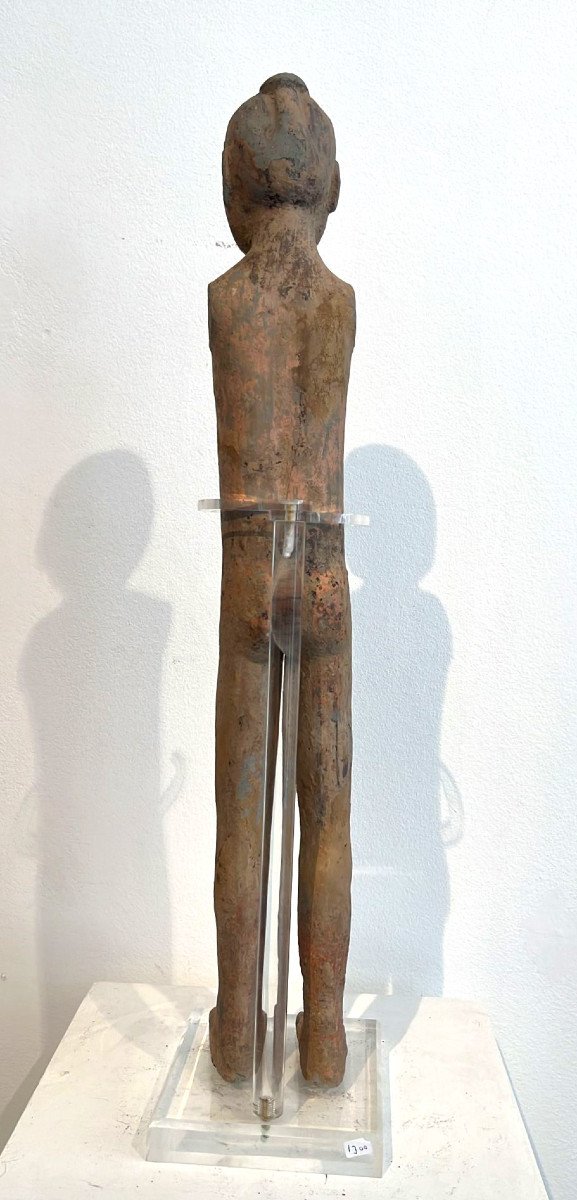
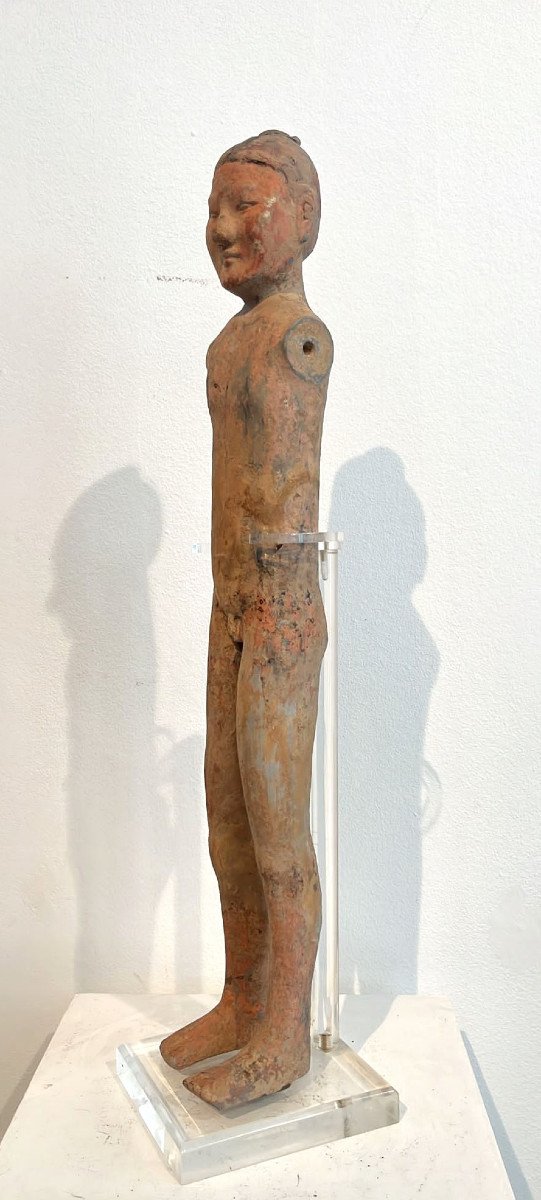
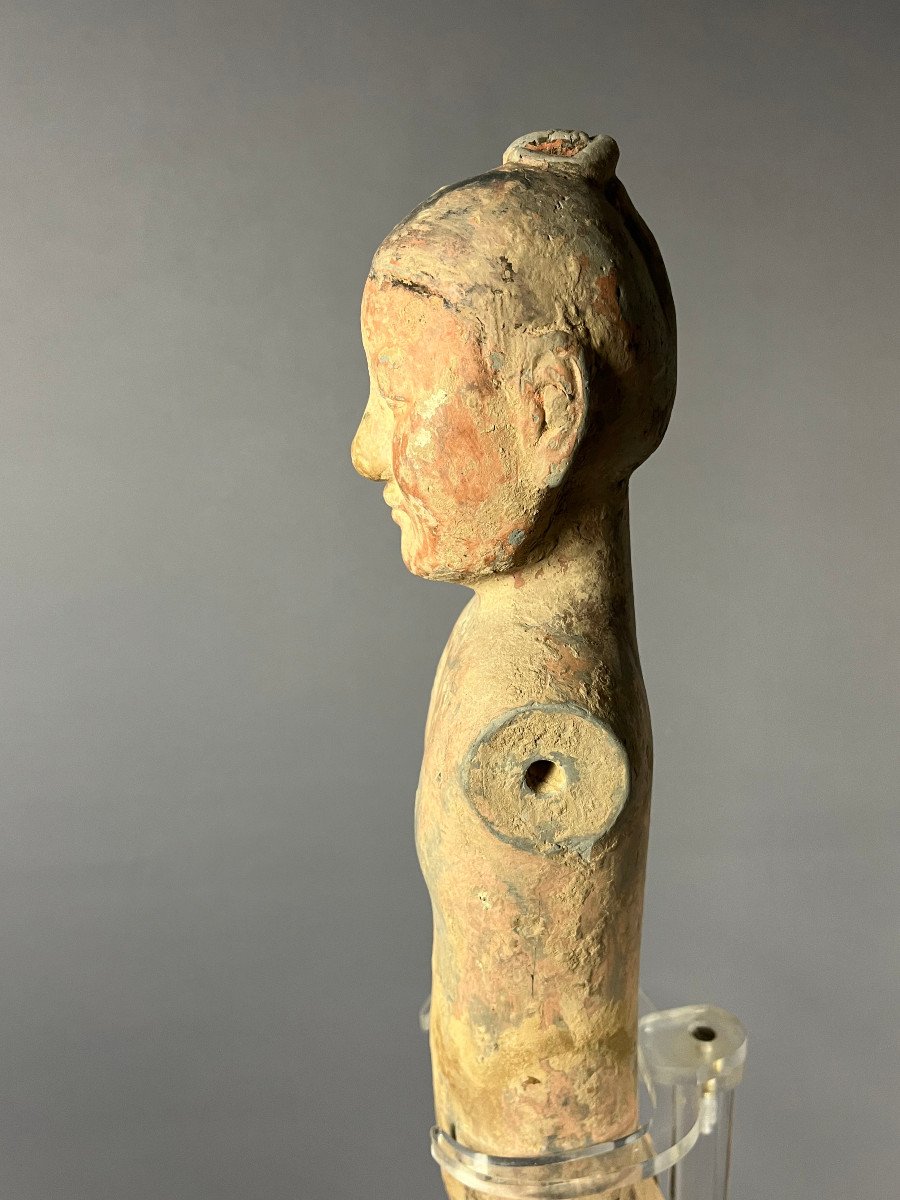
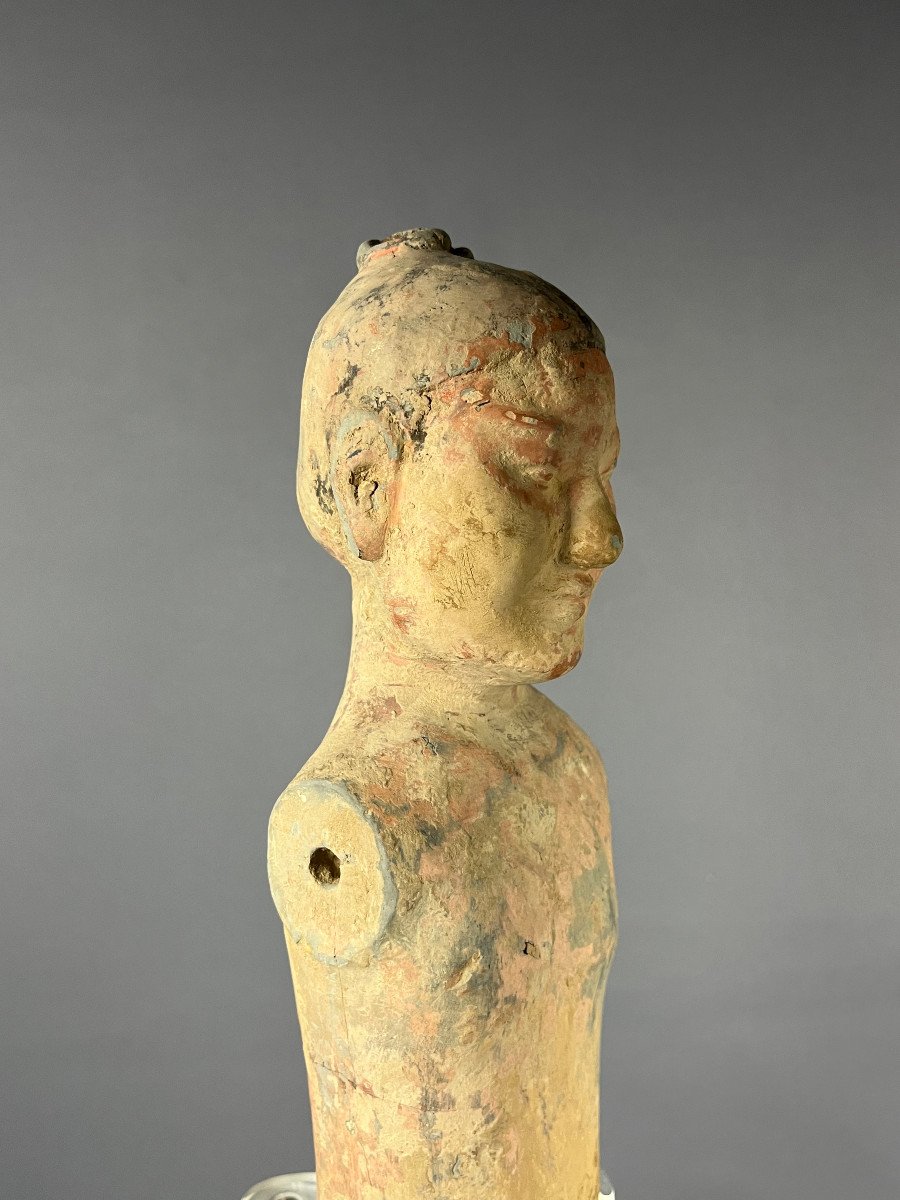
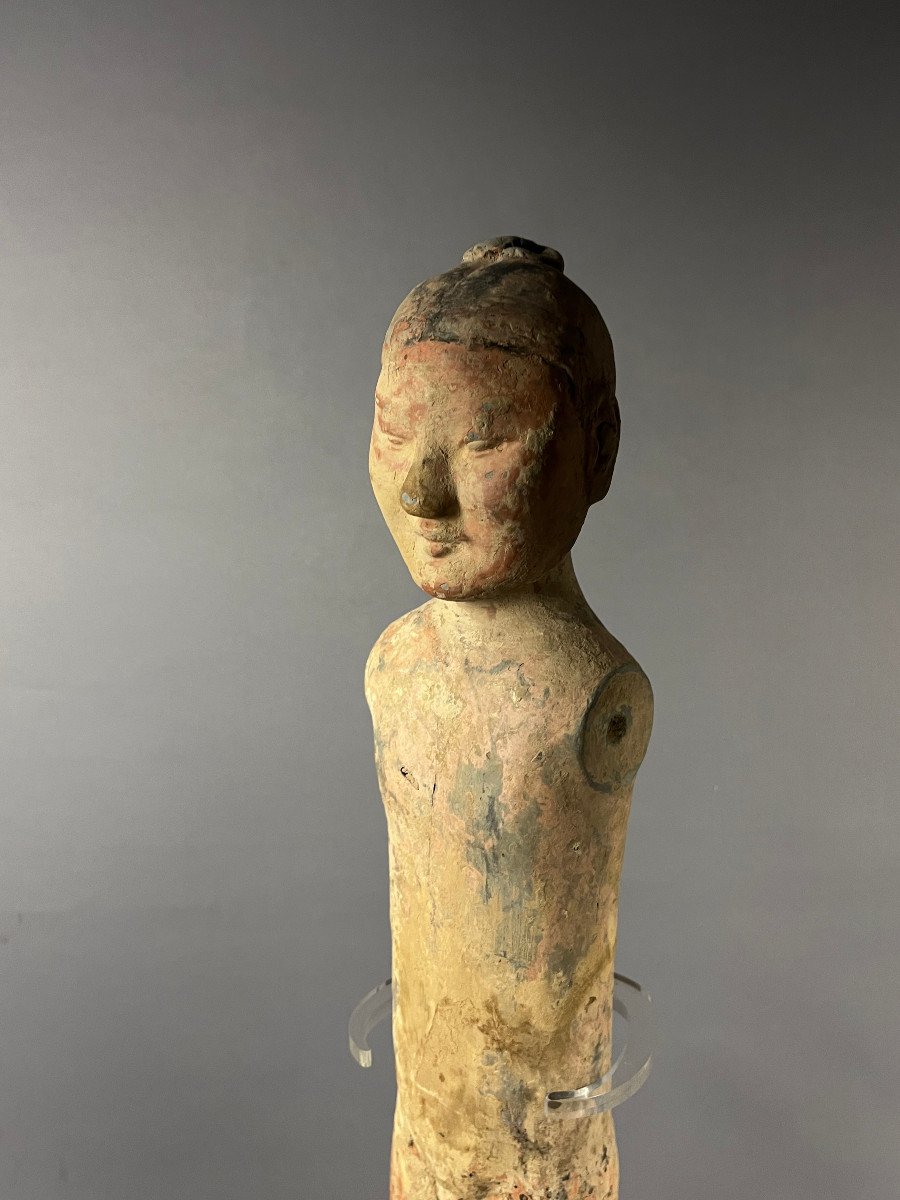
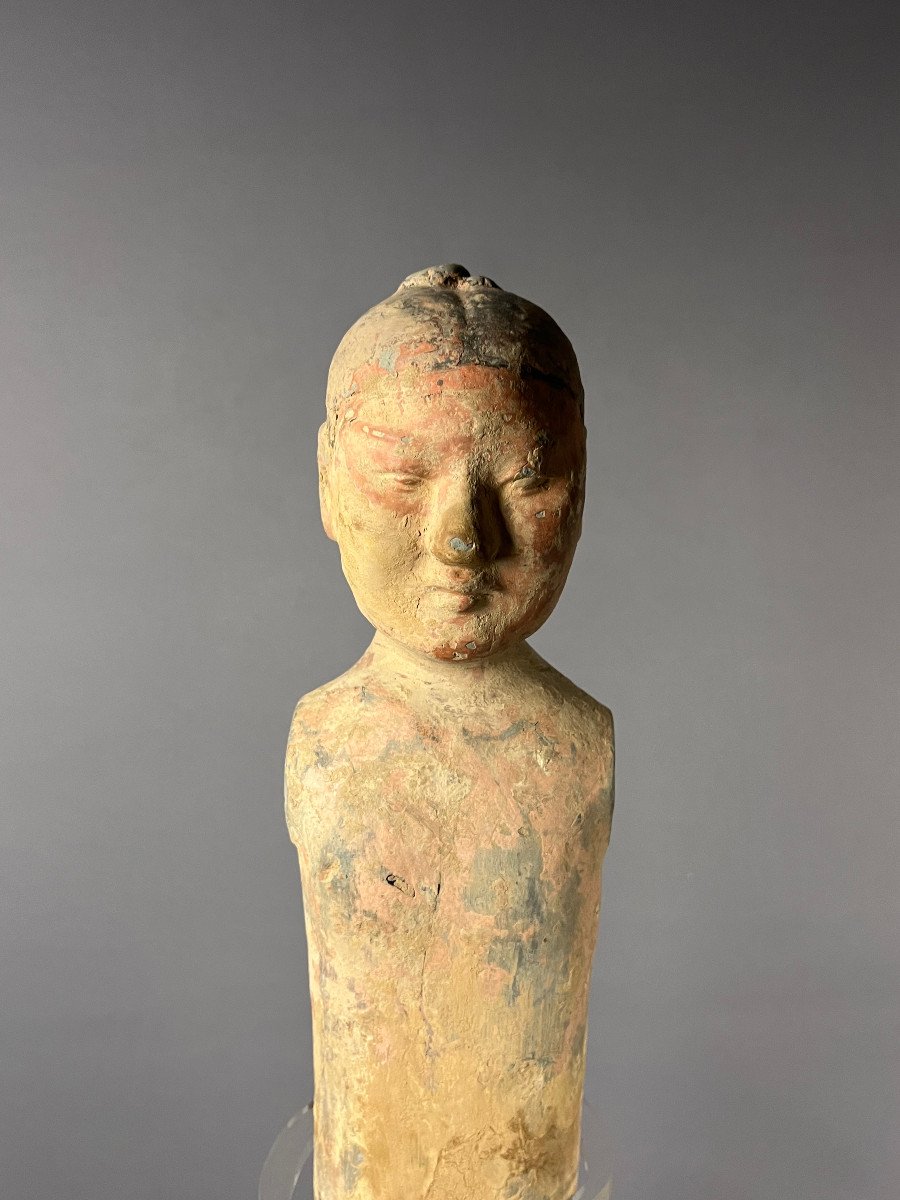




















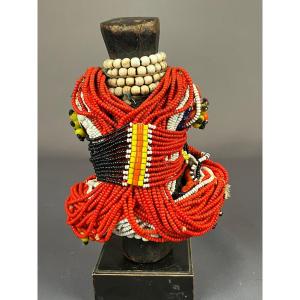



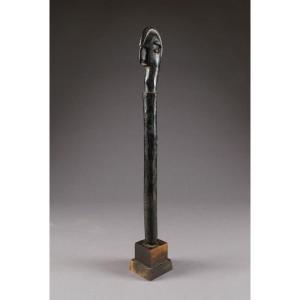


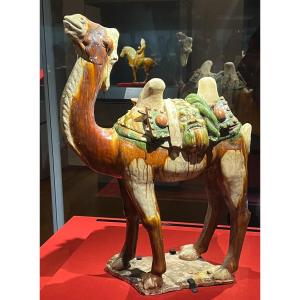



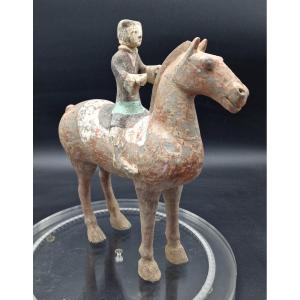



 Le Magazine de PROANTIC
Le Magazine de PROANTIC TRÉSORS Magazine
TRÉSORS Magazine Rivista Artiquariato
Rivista Artiquariato